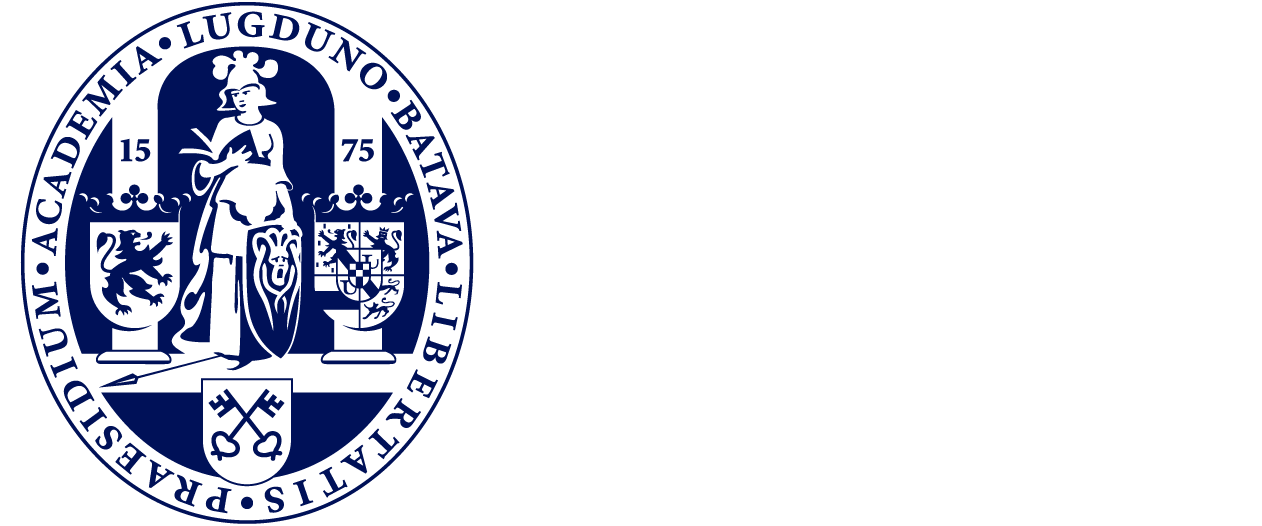Canceled: Webinar on July 7, 2021, 3:00 pm UTC+2
Photothermal Effect in the Interplay Between Nano-Optics, Magnetism and Superconductivity
The variety of ultra-sensitive superconducting devices, qubits and architectures available for quantum technologies is rapidly increasing. Abrikosov vortices (AVs, often referred to as fluxons, represent the most compact magnetic objects
(size ~10s of nanometers) carrying a single flux quantum in superconductors. Their manipulation and control are of crucial importance for better performance of superconductor-based devices and high-density cryoelectronics. Handling
individual AVs remains challenging and has been performed only with local probe scanning microscopies and new approaches consisting in all-optical fast operation of Josephson junctions would be particularly promising.
The optical detection and manipulation of individual nano-objects has revolutionized many research fields, allowing for fundamental discoveries and technological breakthroughs. However, despite great potential, merging such cutting-edge photonics concepts with superconductivity has been poorly explored. We developed a simple photothermal method based on local heating of the superconductor with a focused laser beam to realize a fast, precise and non-invasive manipulation of an Abrikosov vortex, in the same way as with optical tweezers. We showed that our technique provides a perfect basis for sculpting the magnetic flux profile in superconducting devices like a vortex lens or a vortex cleaner. Photothermal effect can also be used to generate and stabilize single flux quanta at any desired position in a raw superconducting film. Ex-nihilo creation of a single vortex pinned at the center of the hotspot is achieved, which is the hallmark of the Kibble–Zurek effect.


